-
×
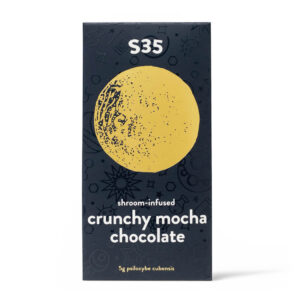 Schedule35 Crunchy Mocha Chocolate
4 × $65.00
Schedule35 Crunchy Mocha Chocolate
4 × $65.00 -
×
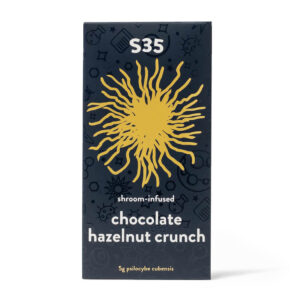 Schedule35 Chocolate Hazelnut Crunch
4 × $65.00
Schedule35 Chocolate Hazelnut Crunch
4 × $65.00 -
×
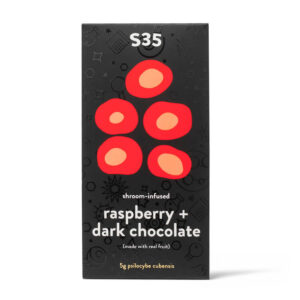 Schedule35 Raspberry Dark Chocolat
2 × $65.00
Schedule35 Raspberry Dark Chocolat
2 × $65.00 -
×
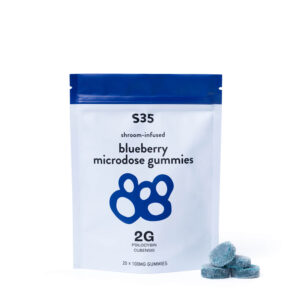 Blueberry Gummies 100mg
4 × $45.00
Blueberry Gummies 100mg
4 × $45.00 -
×
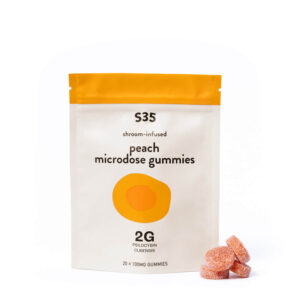 Peach Gummies 100mg
4 × $45.00
Peach Gummies 100mg
4 × $45.00 -
×
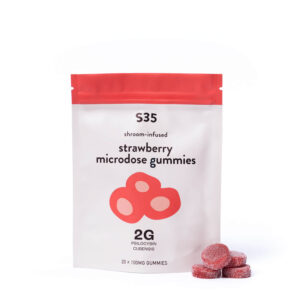 Shedule35 Strawberry Gummies 100mg
2 × $45.00
Shedule35 Strawberry Gummies 100mg
2 × $45.00 -
×
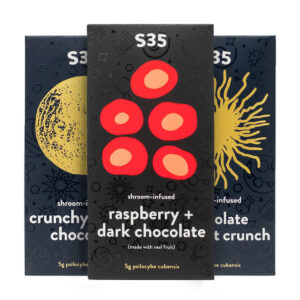 Schedule35 Chocolate Trio
2 × $180.00
Schedule35 Chocolate Trio
2 × $180.00 -
×
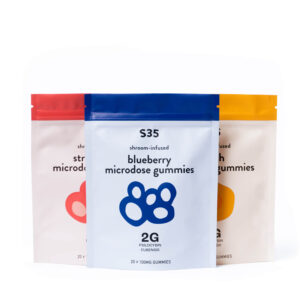 Schedule35 Gummy Trio
2 × $120.00
Schedule35 Gummy Trio
2 × $120.00 -
×
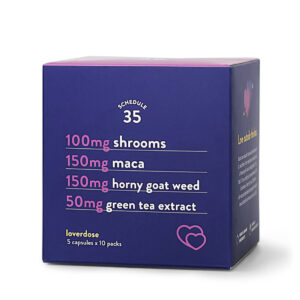 Schedule35 Loverdose 100mg 10pk
2 × $128.00
Schedule35 Loverdose 100mg 10pk
2 × $128.00 -
×
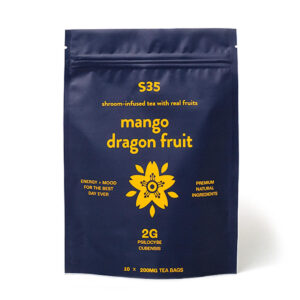 Schedule35 Mango Dragon Fruit 200mg
2 × $45.00
Schedule35 Mango Dragon Fruit 200mg
2 × $45.00
Schedule35 Microdose 100mg
$15.00
Schedule35 Microdose 100mg
Discover the benefits of Schedule35 Microdose 100mg, a carefully measured psilocybin mushroom product designed to enhance mood, creativity, and focus without the intense effects of a full psychedelic experience. Ideal for those seeking subtle improvements in mental clarity and overall well-being, this microdose offers a convenient way to explore the potential advantages of psilocybin in your daily routine.
Category: capsules
Shedule35 Microdose 100mg: An In-Depth Look
Introduction
Shedule35 Microdose 100mg is a product concept associated with the growing trend of microdosing – the practice of consuming minute amounts of an active substance in order to harness its benefits without experiencing pronounced psychoactive effects. In recent years, microdosing has gained attention both in scientific literature and among wellness communities, with ongoing research aimed at understanding its potential benefits and safety profiles.
What is Shedule35 Microdose 100mg?
The term “Shedule35 Microdose 100mg” refers to a formulation that delivers 100 milligrams of its active ingredient in a microdose format. Although detailed compositional data and clinical trial outcomes specific to this product are not widely disseminated in mainstream venues, it is positioned within a market segment that emphasizes precision dosing for subtle, sub-perceptual effects. Users of such products generally seek benefits such as improved cognitive clarity, enhanced mood, and increased creativity while avoiding the intense subjective effects associated with higher doses.
The Science and Mechanisms Behind Microdosing
Microdosing is thought to influence neurocognitive pathways through mechanisms that may include modulating neurotransmitter systems such as serotonin, dopamine, and glutamate. In theory, consuming a microdose (in this case, 100mg of the active formulation) can lead to a gentle alteration of neuronal activity. For example, if one were to consider the modulation of receptor activity, one might represent a simplified interaction as (Response ∝ Dose × Receptor Sensitivity), where small doses might shift network dynamics without causing overwhelming activation. However, it is important to note that while anecdotal evidence is abundant, controlled research is still in progress regarding the consistent reproducibility of these effects.
Potential Benefits and Reported Effects
Advocates of microdosing with products like Shedule35 Microdose 100mg report several potential benefits, including:
- Enhanced focus and concentration
- Subtle improvements in mood and emotional balance
- Augmented creativity and problem-solving abilities
Despite these claims, the scientific community calls for more rigorous, placebo-controlled studies to definitively establish the efficacy and neurological underpinnings of these effects.
Usage, Dosage, and Best Practices
A key principle in any microdosing regimen is the precise control over dosage. With 100mg being designated as a microdose in this context, users are advised to:
- Adhere strictly to manufacturer guidelines or expert recommendations
- Consider cycling days (for example, dosing a few days on followed by a day or two off) to monitor subjective effects and avoid tolerance build-up
- Document effects through careful self-monitoring, an approach often encouraged both in anecdotal communities and emerging research protocols
It is essential to stress that individual responses may vary, and consulting with a healthcare provider before beginning any such regimen is strongly recommended, especially given that the active ingredient’s pharmacodynamics can differ substantially between substances.
Safety, Regulations, and Considerations
Safety remains paramount when discussing microdosing. Regulatory bodies, including nationally recognized health agencies, emphasize that products marketed for microdosing must be thoroughly evaluated for both short-term and long-term impacts. Critical considerations include:
- Ensuring product quality and purity through third-party testing
- Understanding contraindications or interactions with other medications or health conditions
- Staying informed about evolving legal statuses and regulatory guidelines in one’s region
Given the evolving nature of research in this domain, consumers should rely on established scientific publications and expert advice when considering such products.

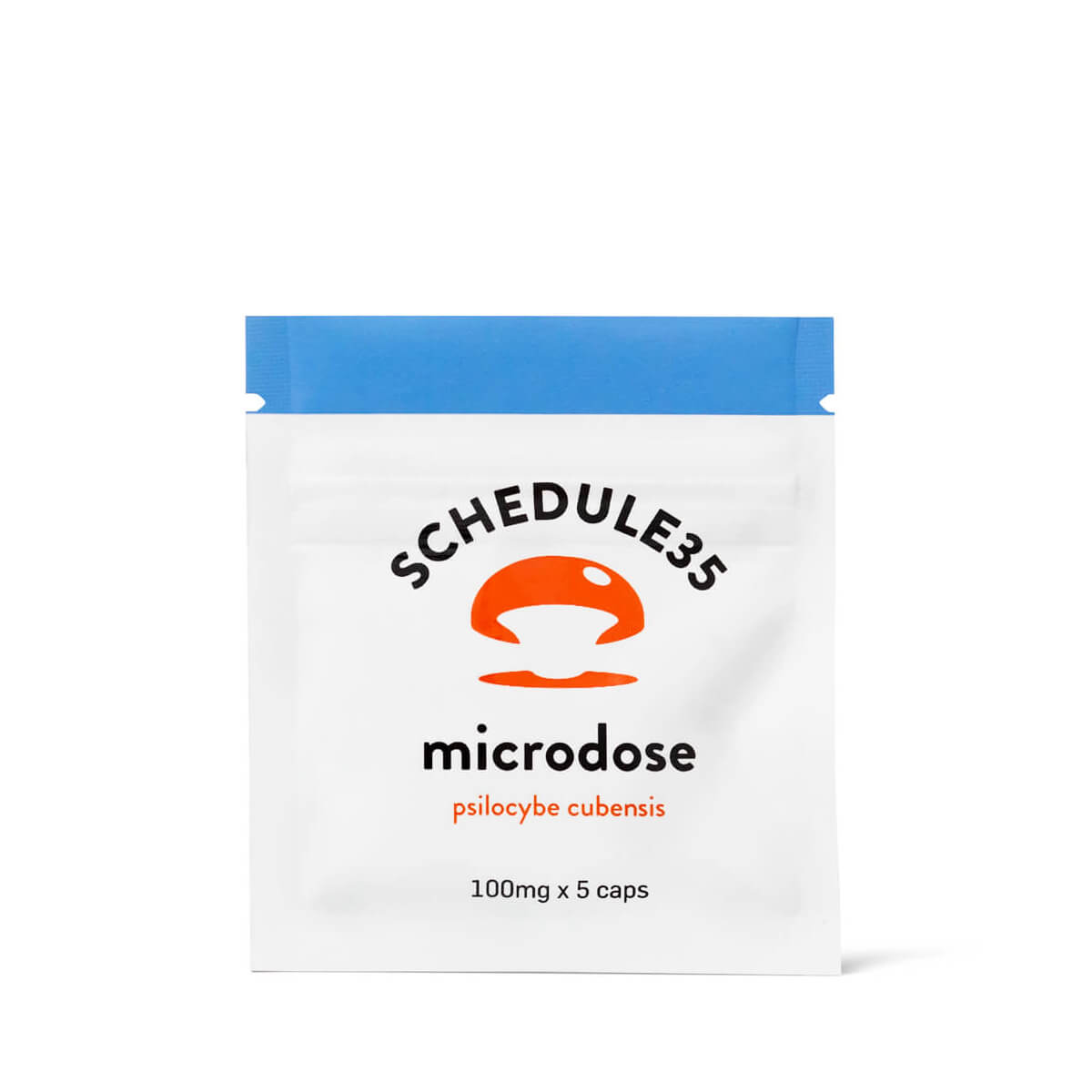
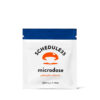
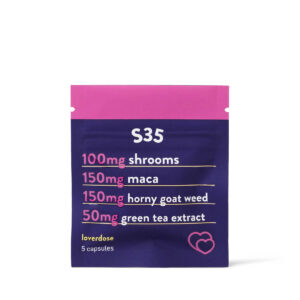
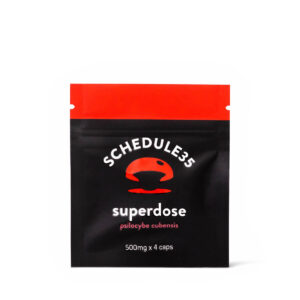
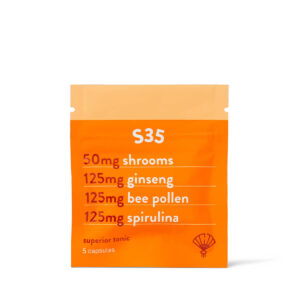
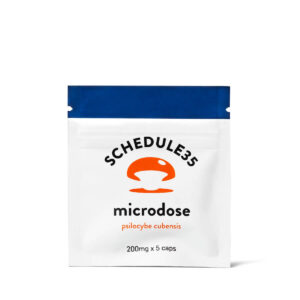
Reviews
There are no reviews yet.